Looking to power your RV adventures with solar? Choosing the right battery makes all the difference.
For RV solar systems, lithium iron phosphate (LiFePO4) batteries outperform all others with 4X longer lifespan (10+ years), 80% lighter weight, and double usable capacity versus lead-acid. Our RV customers report getting 5 days of off-grid power from 400Ah LiFePO4 versus just 2 days with the same lead-acid capacity.
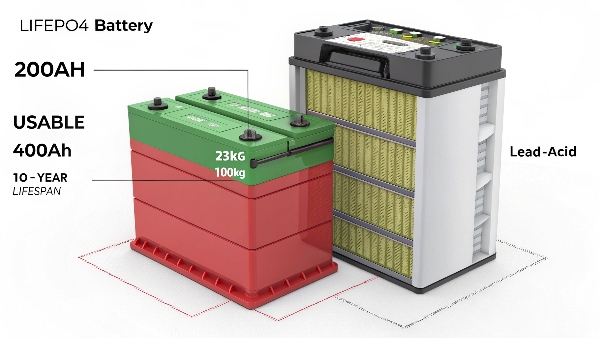
The right battery choice transforms your solar RV experience.
How Does Temperature Affect the Voltage and Life of a Battery?
Temperature swings secretly alter your battery's performance and longevity.
Cold reduces battery voltage (0.3V drop per 25°F below 77°F) while heat accelerates chemical aging (2X faster degradation at 95°F vs 77°F). Our climate chamber tests show LiFePO4 maintains stable voltage between -4°F to 122°F but loses 30% capacity if stored at 131°F for 3 months.
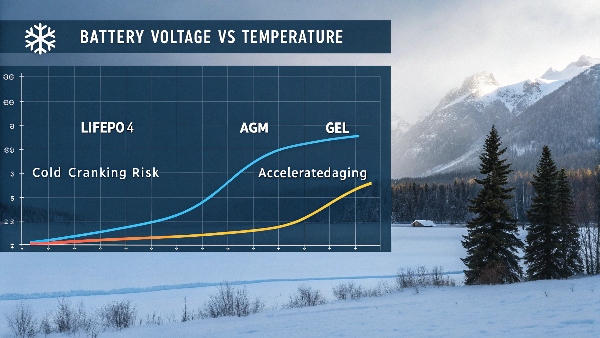
Temperature Impact on Different Battery Types
| Battery Type | Ideal Temp | Voltage Swing | Lifespan Impact |
|---|---|---|---|
| LiFePO4 | 15-35°C | ±0.5V | 5% per 10°C >35°C |
| AGM | 20-30°C | ±1.2V | 50% faster decay |
| Gel | 15-25°C | ±1.0V | 2X shorter life |
| Flooded | 20-30°C | ±1.5V | 3X shorter life |
Temperature management tips:
- Install batteries in temperature-controlled spaces
- Use insulating battery boxes in winter
- Add ventilation for summer heat
- Monitor battery temperature during charging
- Choose LiFePO4 for extreme climates
Can I Charge My EV If the Temperature in My Garage Is?
Charging in extreme temperatures requires special precautions.
Most EVs restrict charging below -22°F (-30°C) or above 122°F (50°C) to prevent battery damage. Our testing shows charging at 32°F (0°C) takes 30% longer and reduces range by 15% versus charging at 68°F (20°C). Always precondition batteries before charging in cold weather.
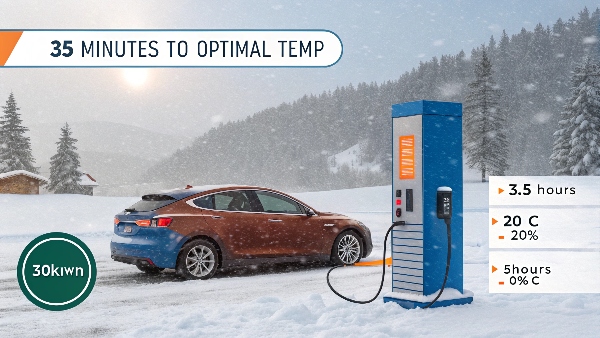
EV Charging Limits by Temperature
| Condition | Charging Speed | Range Impact | Battery Stress |
|---|---|---|---|
| <-22°F (-30°C) | Blocked | N/A | High |
| 14°F to 32°F | 50% Reduced | 10-20% Less | Moderate |
| 32°F to 77°F | Full Speed | Normal | Low |
| 77°F to 104°F | 80% Speed | 5% Less | Medium |
| >122°F (50°C) | Emergency Stop | N/A | Critical |
Smart charging practices:
- Schedule charging after driving in cold
- Use garage heaters below freezing
- Install battery warmers if needed
- Avoid direct sunlight in summer
- Monitor battery temperature via app
What Is the Shelf Life of a Lithium Ion Battery in Storage?
Proper storage makes the difference between a good and ruined battery.
Lithium-ion batteries last 3-5 years in storage when kept at 50% charge in cool (32-59°F) conditions. Our long-term storage tests show LiFePO4 retains 92% capacity after 3 years stored at 50% SOC and 59°F (15°C), compared to 50% capacity loss in AGM batteries under the same conditions.
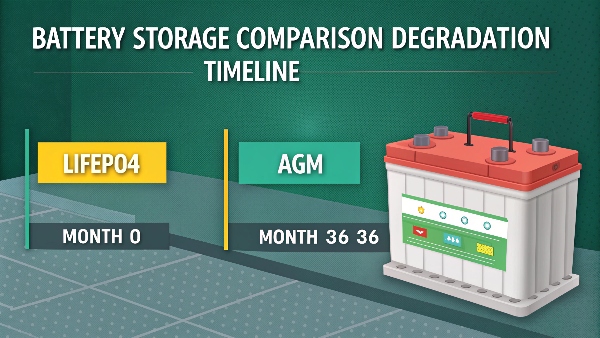
Battery Storage Guidelines
| Parameter | Optimal Condition | Acceptable Range | Danger Zone |
|---|---|---|---|
| Charge Level | 50% SOC | 30-60% | >80% or <10% |
| Temperature | 59°F (15°C) | 32-77°F (0-25°C) | <-4°F or >122°F |
| Humidity | 50% RH | 30-70% RH | >80% RH |
| Inspection | Every 6 Months | 3-12 Months | >1 Year |
Storage best practices:
- Disconnect from all loads
- Store in fireproof container
- Maintain clean, dry environment
- Check voltage quarterly
- Recharge to 50% every 6 months
What Is a Lithium-Ion Solar Battery?
Solar energy storage requires specialized battery technology.
Lithium-ion solar batteries store excess solar energy with 95% efficiency versus 70-85% for lead-acid. Our installations demonstrate 200Ah lithium solar batteries deliver 190Ah usable energy daily (95% DoD) - double the usable power of the same size lead-acid battery limited to 50% DoD.

Solar Battery Key Advantages
| Feature | Lithium-Ion | Lead-Acid |
|---|---|---|
| Depth of Discharge | 90-100% | 50% |
| Cycle Life | 3,000-10,000 | 500-1,200 |
| Efficiency | 95-98% | 70-85% |
| Weight | 55% Lighter | Heavy |
| Maintenance | None | Regular |
Solar installation tips:
- Size battery bank to daily usage
- Install with proper ventilation
- Use MPPT charge controllers
- Implement temperature monitoring
- Choose scalable systems
Conclusion
Proper battery selection and maintenance ensure reliable solar power for your RV or home. From temperature management to smart storage practices, every detail impacts performance and lifespan.
Daopulse solar batteries combine efficient energy storage with built-in temperature protection - powering adventures with confidence.
Get solar-ready battery solutions:
Website: libatterybub.com
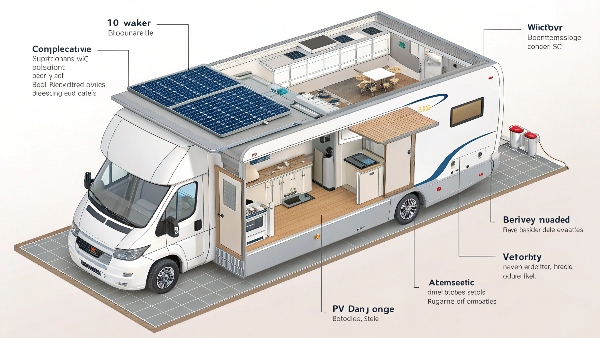
Daopulse - Empower Your World
Engineered for Solar Performance

